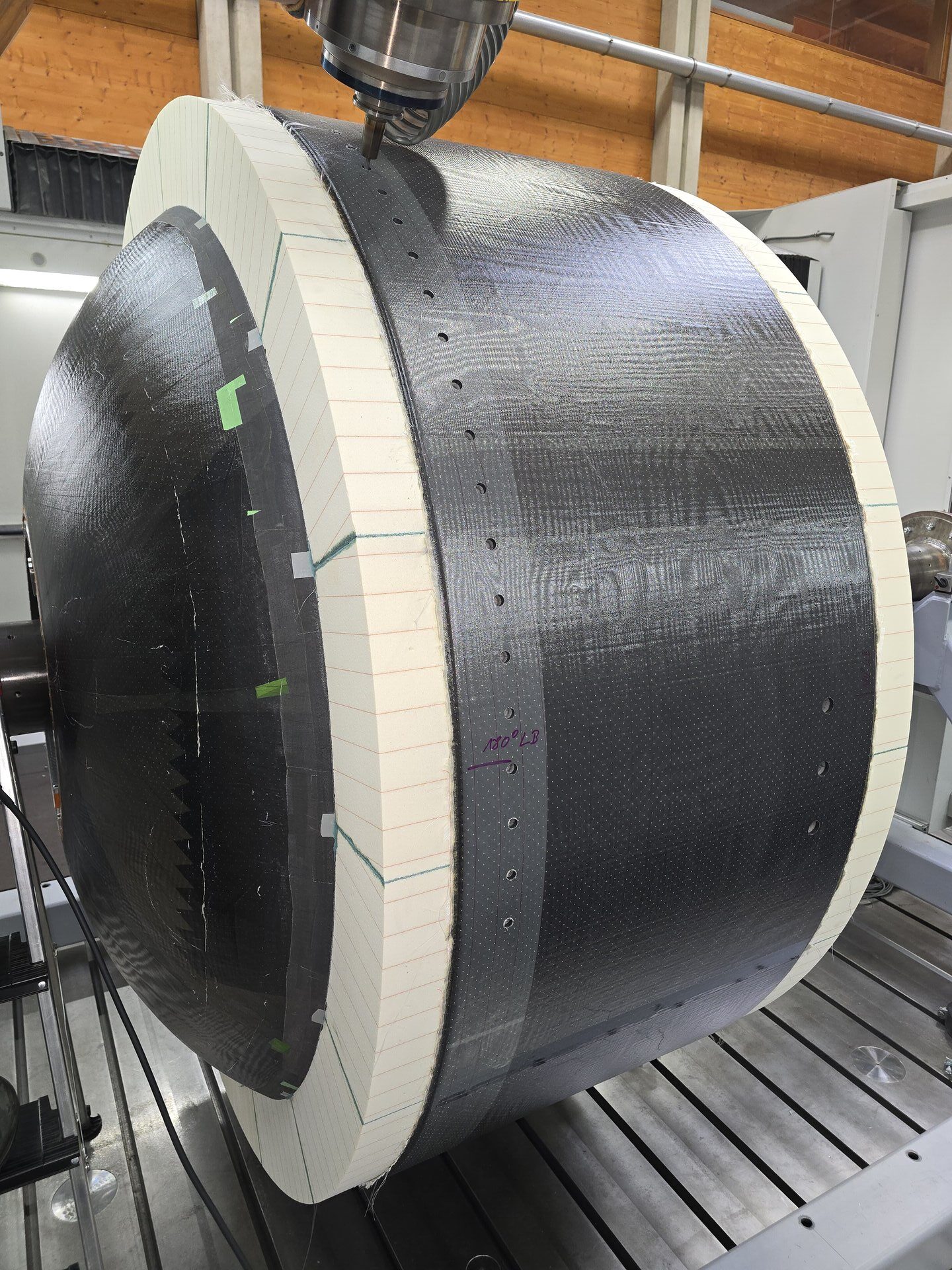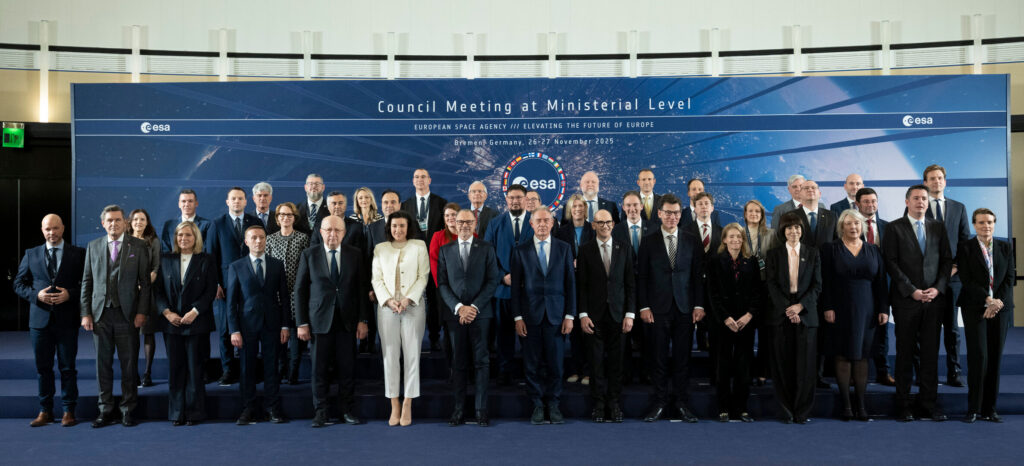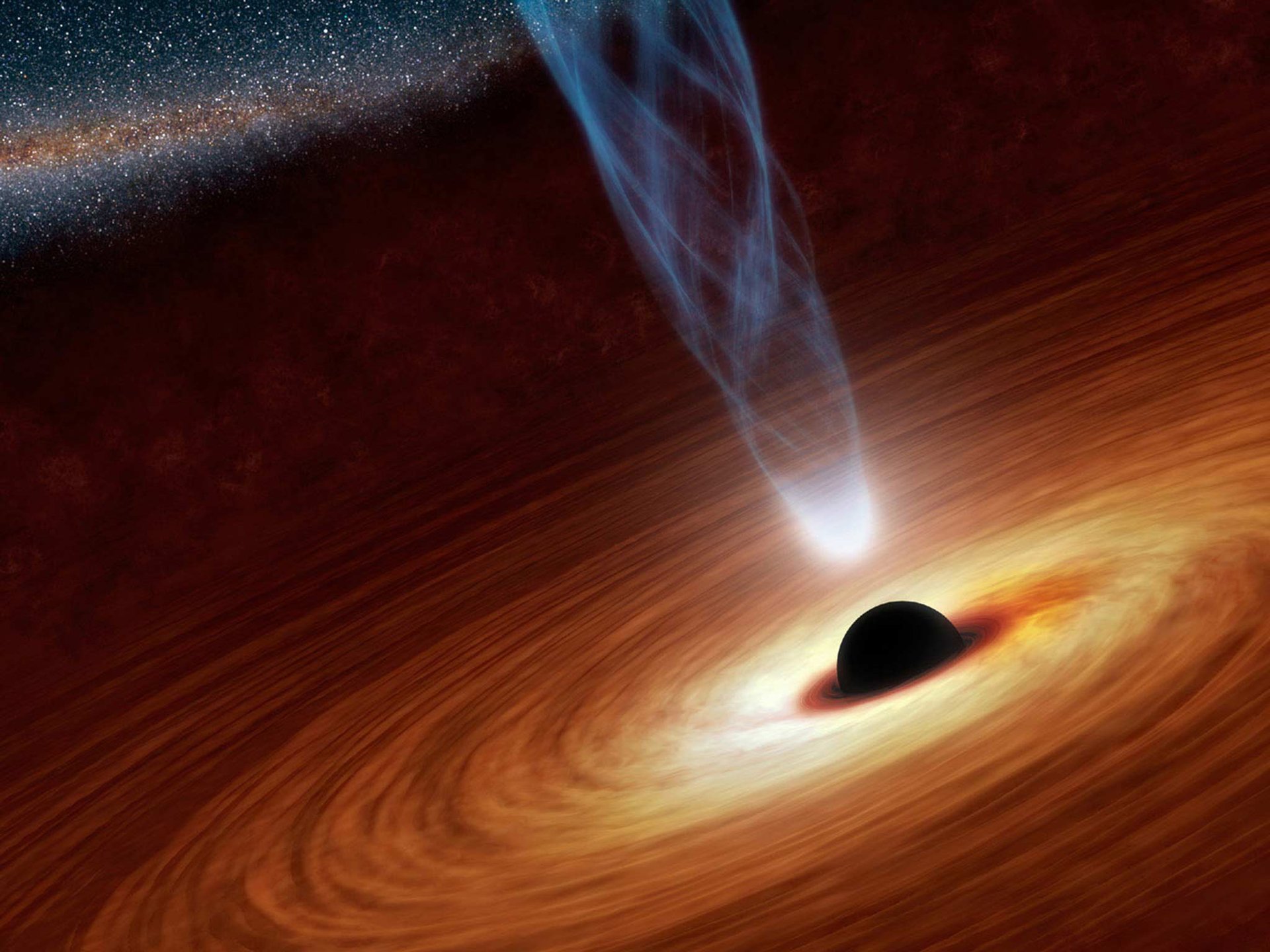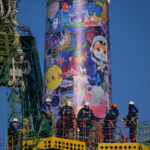Now Reading: Breakthrough in Hydrogen Tank Design as Phoebus Project Nears Testing Phase for Ariane 6 Rocket
-
01
Breakthrough in Hydrogen Tank Design as Phoebus Project Nears Testing Phase for Ariane 6 Rocket
Breakthrough in Hydrogen Tank Design as Phoebus Project Nears Testing Phase for Ariane 6 Rocket


Progress continues on the Phoebus project, which seeks to revolutionize the design of hydrogen tanks for Europe’s Ariane 6 rocket. The collaborative initiative between the European Space Agency (ESA), ArianeGroup, and MT Aerospace aims to replace conventional metal tanks with innovative carbon-fibre reinforced plastic tanks. This notable shift could lead to a significant reduction in weight, potentially saving several tons, although the implementation of such technology poses substantial engineering challenges.
The team has successfully demonstrated the feasibility of this emerging technology using smaller models. Notably, a hydrogen tank with a capacity of 2,600 liters is nearing the end of its production phase. This robust tank has been designed to withstand the extreme conditions required for use with the cryogenic hydrogen fuel that will power the Ariane 6. Hydrogen must be cooled to a chilling temperature of -253°C, making it one of the coldest substances on Earth, and necessitating materials that can endure such harsh conditions without sustaining damage.
The primary focus of Phoebus has been the development of hydrogen tanks capable of functioning under these extreme temperatures, where standard carbon-fibre composites face risks of becoming brittle and cracking. Given hydrogen’s highly volatile nature even at low temperatures, the project team has encountered and addressed numerous technical obstacles, particularly regarding measurement tools capable of detecting small leak rates at these cryogenic levels. Testing with smaller demonstration tanks has already confirmed that carbon-fibre reinforced plastic can effectively contain liquid hydrogen without leaks.
The next step involves scaling up, as the Phoebus project advances towards the production of a larger two-meter diameter tank. The initial manufacturing processes for this tank began recently at MT Aerospace, with expectations for completion by December. ArianeGroup is overseeing the testing phase, slated to commence in April 2026 at a newly developed facility in Trauen, Germany. This site successfully passed a preliminary design review earlier this year, and a critical design review is anticipated before the end of 2025.
To ensure safety during testing, which will involve filling the tanks with hydrogen, stringent protocols will govern the handling of this flammable gas. The testing will carefully push the tank to its limits, stopping short of total failure, to collect data on failure points and tank performance under launch conditions. During these tests, sensors will monitor factors such as pressure, temperature, and strain.
Phoebus is part of the ESA’s Future Launchers Preparatory Programme, which aims to foster the growth of technologies needed for tomorrow’s space transportation systems. By investing in pioneering technologies, ESA is working to minimize the risks associated with developing new, untested projects for space exploration.
Stay Informed With the Latest & Most Important News
Previous Post
Next Post
-
 012024 in Review: Highlights from NASA in Silicon Valley
012024 in Review: Highlights from NASA in Silicon Valley -
 02Panasonic Leica Summilux DG 15mm f/1.7 ASPH review
02Panasonic Leica Summilux DG 15mm f/1.7 ASPH review -
 03How New NASA, India Earth Satellite NISAR Will See Earth
03How New NASA, India Earth Satellite NISAR Will See Earth -
 04And Thus Begins A New Year For Life On Earth
04And Thus Begins A New Year For Life On Earth -
 05Astronomy Activation Ambassadors: A New Era
05Astronomy Activation Ambassadors: A New Era -
06SpaceX launch surge helps set new global launch record in 2024
-
 07Space Force plans new ‘Futures Command’ amid pressure to speed up modernization
07Space Force plans new ‘Futures Command’ amid pressure to speed up modernization




















